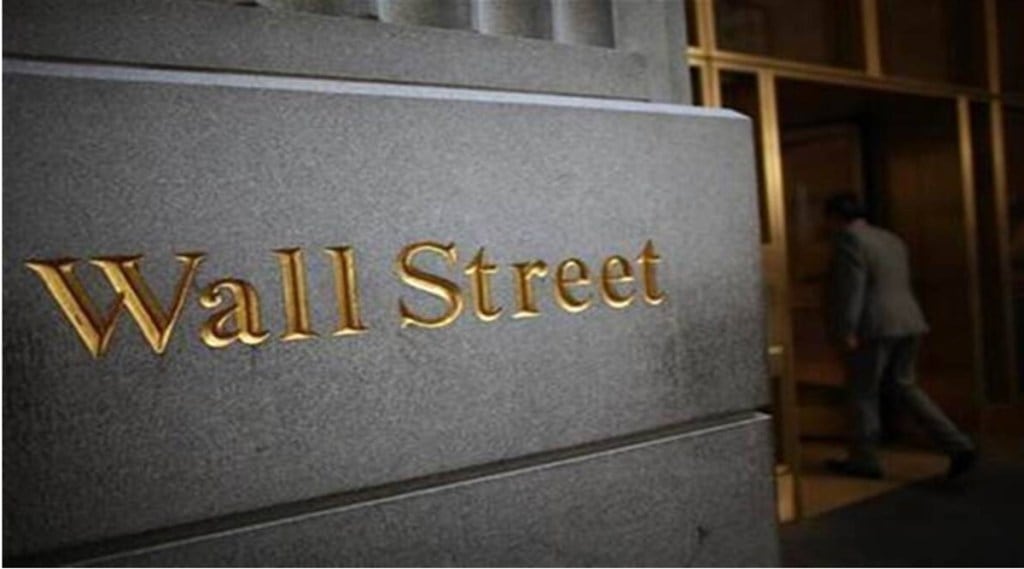Bears are having a field day in the US stock market. A bear market is typically triggered when the market falls at least 20 per cent from its previous high. S&P 500 fell all the way to 3,810 during Friday’s session, or roughly 20.6% below its record close of January 3, 2022, then rebounded to cut the loss to 18.7%. Thus, for S&P 500 (SPX), bears were close to ring the bear-market bell but the index managed not to close 20% below its last record.
US futures were up before trading session opens on Monday morning posting at least 1 per cent gains.
A dramatic late-session rally brought the S&P 500 back from the brink of a bear market closing at 3,901.36 levels. Ross Stores Inc. and Deere & Co.rec posted double digits fall during the Friday session and VF Corp., American Tower REIT, Eli Lilly & Co. and MarketAxess Holdings Inc. were among the top gainers.
How much lower will S&P 500 fall
Some analysts are expecting the market to fall more in the days to come. Talking about valuations, the S&P 500 PE ratio is close to its historical norms, at 16.6 versus its historical average of 16.6 since the year 2000. However, it doesn’t make the S&P 500 cheap but fairly valued when using earnings estimates for the next four quarters.
S&P 500 bear market love was seen way back in 1998, 2011 and 2018 when the benchmark slid either below the 20% level or very near it on an intraday basis and then reversed to never test the bear-market waters again.
In the most recent scenario, in 2018, the bull market got within points of a 20% plunge in December but six days later began a year in which the S&P 500 surged 29% and the Nasdaq 100 rose 38%.
In 19 US equity bear markets over the past 140 years, the S&P 500 saw an average decline of 37.3% with an average duration of 289 days. If repeated, Bank of America (BofA) said the latest bear market would end in October, with the S&P 500 at 3000 points, about 23% below current levels.
What may keep the stocks to slide if not rise in a hurry is the Fed’s policy to tackle inflation. With planned rate hikes and the tightening liquidity measures, the already slowing economy may prove a tough nut to crack for the bulls. Unless a clear view for corporate earnings emerges, the market may continue to give opportunities for long term investors to pick stocks for the long run. A still better approach could be to make use of ETFs to take exposure across the economy and ride the next bull run with relative comfort.

